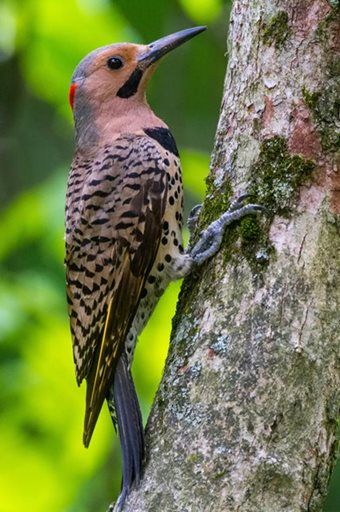Appearance of a Woodpecker
Woodpeckers are famous for their beaks, which they use as chisels to carve nesting holes and hunt for insects in trees. Bristled feathers over their nostrils prevent dust from entering their noses, and theireyelid membranes have adapted to protect the birds’ vision. Coloration varies between species, but most woodpeckers have black-feathered bodies with white patches and a red crest atop their heads. Certain varieties, such as the Magellanic and the red-headed woodpecker, have heads that are entirely red in color.

Problems
Excessive deforestation combined with slow regrowth and overgrazing often force woodpeckers toseek shelter in backyards. They’re attracted to the suet and nectar feeders found on many properties, as well as nut trees and seeds. Homes near wooded areas can encounter moderate to heavy woodpecker activity during the spring and fall. Unfortunately, these birds become pests when they drum on homes and utility posts. Other than certain species of barbets with strong beaks, woodpeckers are the only birds that bang their bills into tree bark and buildings.
Woodpecker Woes
Some theorize that woodpeckers look to consciously choose homes and other buildings for drumming, as the structures actually amplify pecking noises. Habitat destruction forces the birds into residential areas, where the pests raid backyard fruit and nut trees and leave accumulations of droppings. Considerable damage is done to man-made structures each year when woodpeckers create cracks in wooden siding, trim, and eaves. Insects often bore between these crannies to overwinter, causing further complications that are costly to remedy. To save money and stop problems before they start, contact Critter Control as soon as issues arise with woodpecker infestations.